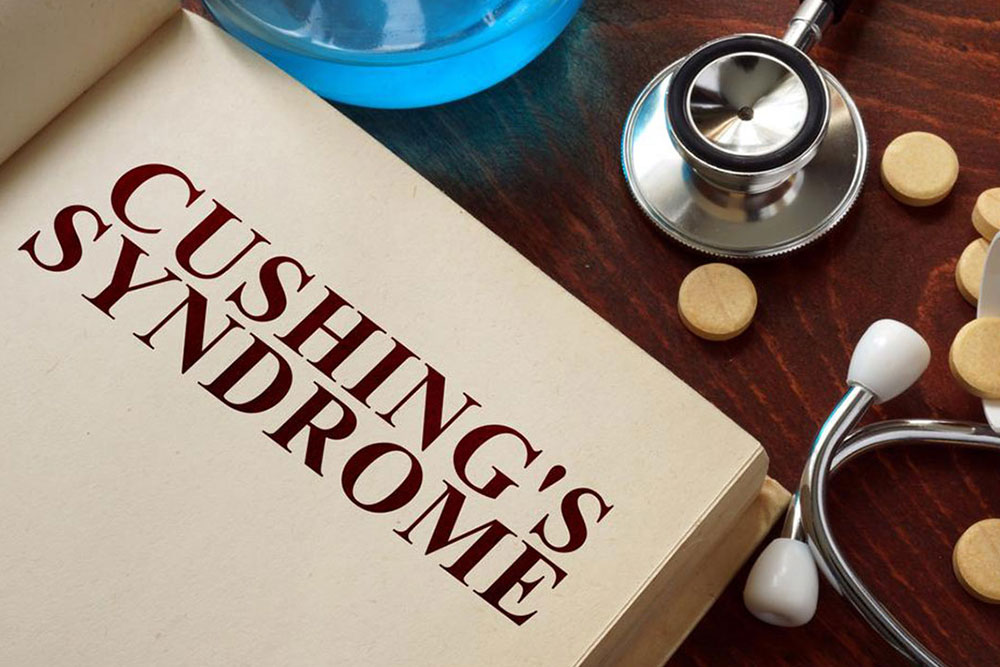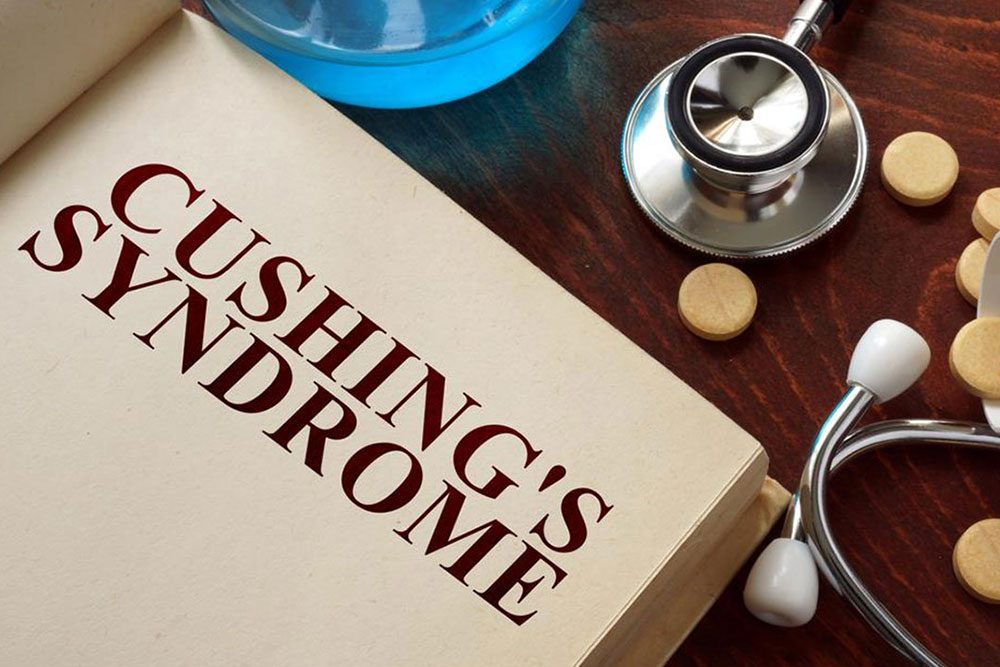Identifying the Signs and Symptoms of Cushing’s Disease
Cushing’s disease is a rare endocrine disorder caused by excess cortisol. Key symptoms include weight gain, a buffalo hump, stretch marks, delayed healing, and menstrual irregularities. Early diagnosis and treatment are essential to managing this condition. This article provides an overview of common signs and the importance of medical consultation for proper diagnosis and care.

Cushing’s disease is an uncommon disorder resulting from prolonged exposure to elevated cortisol levels. Also called hypercortisolism, it typically occurs when the body produces excessive cortisol, a vital hormone produced by the adrenal glands. Cortisol plays a critical role in managing body tissues and regulating energy resources such as proteins and fats. It helps the body respond to stress and illness.
The condition can lead to complications like high blood pressure, osteoporosis, and sometimes Type 2 diabetes.
The symptoms of Cushing’s disease vary depending on cortisol levels. Common signs include:
Weight gain – Rapid increase in body weight, particularly around the upper body, including the arms, chest, and abdomen.
Buffalo hump – A fat deposit forms at the upper back, between the shoulders, growing over time.
Acne – Pimples may appear on the face, back, shoulders, or chest, typically in later stages.
Stretch marks – Pink-purple marks develop on the abdomen, thighs, breasts, and arms, unlike normal stretch marks.
Delayed wound healing – Cuts and infections take longer to recover.
Menstrual irregularities – Women may experience missed or irregular periods.
Fatigue and muscle weakness – Persistent tiredness, loss of strength, and emotional fluctuations are common.
Symptoms can differ among individuals, with severity ranging from mild to severe. If any signs are observed, consulting a healthcare provider promptly is crucial.
Note: Our articles aim to provide helpful information across various topics. While based on research, they should not replace professional medical advice. The team is not responsible for discrepancies or updates, and readers should seek personalized consultation for health concerns.









